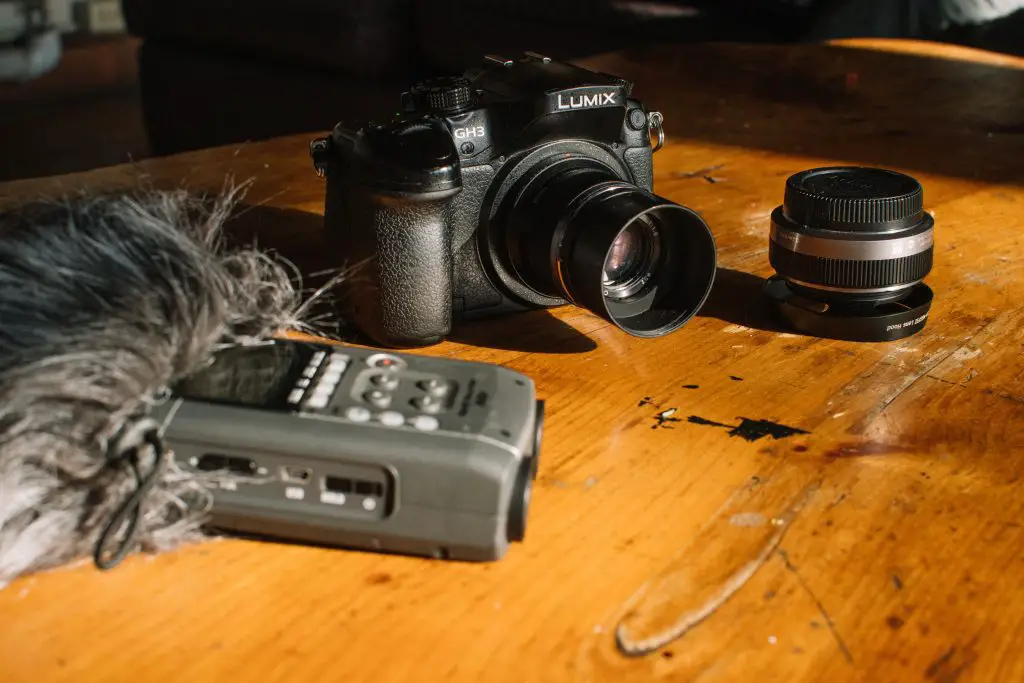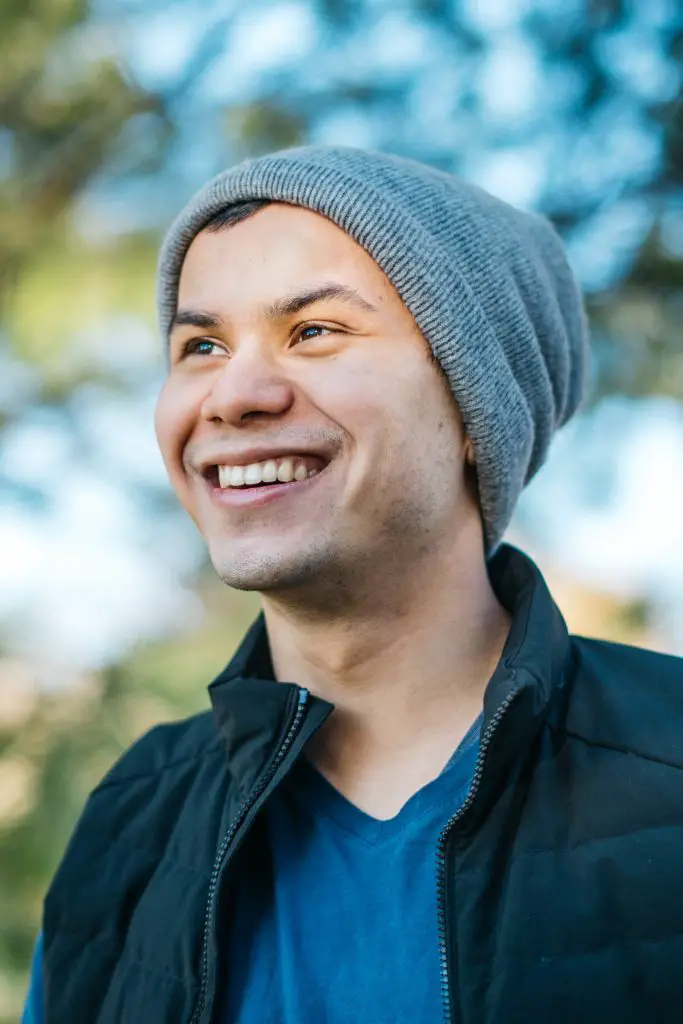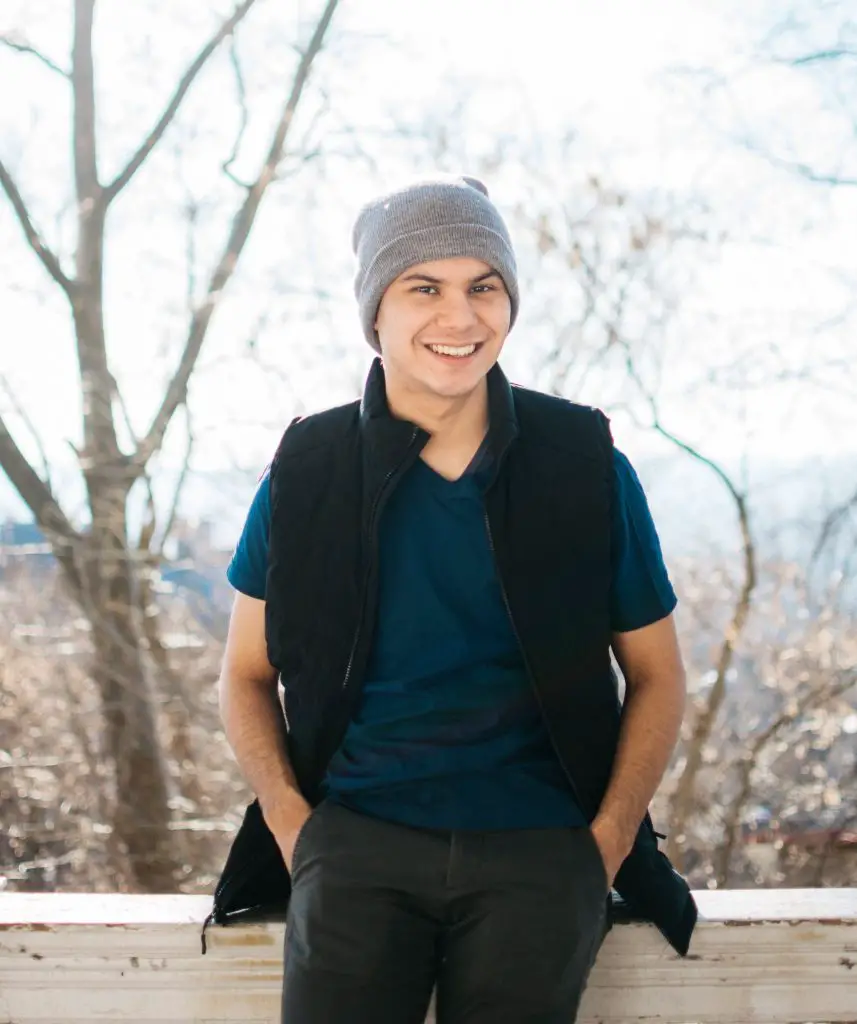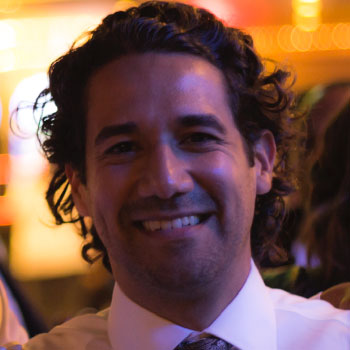During a gap year between high school and college, Lorenzo Benitez spent six months teaching English to the children of the Karen hill tribe in northern Thailand.
Benitez, now a philosophy and economics major at Cornell University, looks back on the experience with a more complex understanding of the volunteer program than he had going in. “It was a transition period in my life where I thought, ‘I’m done with high school, I could use a lot of time to read books in the middle of a secluded area of the world.’”
Such a misconception, which he now makes facetiously, provided the basis for his feature-length documentary, “Six Months to Salvation.” The film follows Benitez and a group of Australian student-volunteers as they enter a well-intentioned voluntourism program, only to learn surprising lessons that shape their opinions about the merits of the system.
The questions and partial answers provoked by the narrative add voices to a conversation that Benitez planned to join from the beginning.
After his film was released, Benitez was interviewed by the filmmaking website Film Courage, where he discussed the relationship between colonialism and voluntourism that had encouraged him to make the documentary.
Voluntourism is a term used to describe the type of travel that allows inexperienced tourists to serve underprivileged communities, while also getting the chance to explore a new culture. This activity has become more popular in recent years, drawing young people from countries across the world, including the United States and Australia, in large numbers.
The questioning perspective Benitez takes with “Six Months to Salvation” toward volunteer tourism seems to be shared by an increasing number of people.

According to a 2014 NPR article, more than 1.6 million volunteer tourists are spending $2 billion a year to be involved with the not-for-profit tourism industry. In the midst of this surge, many people have grown skeptical about who exactly benefits the most from these arrangements — the voluntourists or the communities they serve?
Groups that market the opportunities tout the positive impact volunteers can make in the places where their help is needed. Some also describe it as a chance for travelers to grow personally or even professionally by developing practical work experience in a foreign land.
On the community side of the scale, the benefit sometimes depends on the learning curve faced by volunteers. Critics voice concerns about volunteer work having to be redone due to mistakes, local workers displaced by free labor or the exorbitant travel and housing costs paid by foreigners, money that simply could have been donated to the communities instead.
Benitez reflected on this tradeoff while creating the documentary, realizing that perhaps he and his fellow travelers could have been aided by more training in preparation for their trip. “We had some training in the sense that we learned a bit of Thai before we started the experience,” he says. “We also had a few days of training in Australia on how to interact with kids in a teaching capacity.”
Like many other voluntourism opportunities, the one Benitez participated in did not require experience, nor did it require candidates to be pursuing any particular line of work.
“Education was not part of my career plan at all. I was much more interested in being a filmmaker after high school. This volunteering stint didn’t really consider our career ambitions. A lot of students do gap years from my high school and from others throughout Australia, so I think they just wanted to offer an opportunity for recently graduated alumni to spend their gap year in a different way.”

The six-month trip to Thailand wasn’t his first experience as a volunteer in an impoverished community, though; Benitez also participated in a high school service trip to his native country of the Philippines. The opportunity had a profound influence on him and proved to be rewarding.
Although he can see how someone might watch “Six Months to Salvation” and think that he opposes the idea of volunteer programs, the truth is that Benitez believes in their mission.
“Since making the documentary, my view at the end of it … is that I was among the more critical ones of the whole endeavor. I think it came from exhaustion, more than anything. But now, when I think about it, I still believe that volunteering stints are good and worthwhile if they’re done properly. I still think there are volunteering programs that exist and are doing good.”
His viewpoint can be seen in the film, especially in the moments when the Karen children excitedly play soccer with their foreign instructors, in this case all young men from the filmmaker’s Australian group. The community clearly appreciates their service and the bond they’ve created with the students.
But the doubts and struggles that the volunteers face throughout their stay lead them to question the purpose of the mission. Does the Karen hill tribe really need to learn English? Is the presence of these Australian men in Thailand disturbing the culture of the Karen people?
By the end of the trip, Benitez and his fellow volunteers get answers to some of these questions but not others. Throughout the six months that he spent there, the documentarian tracked the progress of the other volunteers during their ups and downs along the way.

“We became a close group with each other over the time that I was there. Even when Alex — the new volunteer — came toward the end, he was also welcomed with open arms because we were the only people in the village that spoke English as a first language. And we all lived in the same house.”
It is by following his peers’ narratives in “Six Months to Salvation” that Benitez demonstrates a talent for connecting with his environment as a photographer and storyteller. Within the first several minutes of the film, after a brief flash-forward that establishes the basic premise in question, the tone of the story and the rural landscape of its setting are presented in vivid detail.
Benitez succeeds in hooking viewers from the beginning, a feat that even Hollywood filmmakers struggle to accomplish on a consistent basis. But surprisingly enough, he hasn’t been developing his craft for all that long.
“In high school, I started taking drama classes and did a short film with a friend. He was initially directing and I was acting, but somewhere in the filming process we swapped roles, putting me behind the camera. It’s interesting because I think that experience connected my two separate interests — photography and acting — for the first time.”
One might have expected these interests to lead Benitez to attend a film school or to pursue an education in drama or journalism, not to major in philosophy and economics as he’s done. Instead of following a conventional film-study route, Benitez has formed a film collective, u16.co, along with high school friends James Holloway and Jonathon Parker.
“Six Months to Salvation” is their first feature, currently available to view on YouTube. The film is a solid example of their ability to follow through on the production of a film from the beginning to end. Benitez is humble when it comes to handing out credit for the film’s success, pointing to his co-producers as huge factors in the process.

“A lot of the decisions were heavily influenced by James and Jonathon. I think some of the film’s best ideas and moments came from James. Jonathon suggested the stuff at the end with the penultimate shot of the field that goes for ten minutes, but James was the one who suggested the fade afterwards, to the airplane waiting for takeoff.”
The ending captures a shot of the northern Thai countryside, the waning glow of sunlight disappearing over the horizon. The image serves as a backdrop to the ultimate conclusions that the filmmakers make about the trip, which they narrate over the visual.
“Those two decisions — in my mind as director — were significant decisions about the film’s ending. James and Jonathon have a better intuition with film editing than I do. I approach film more as a photographer, so when it comes to the more interesting type of ideas being proposed, they come from them.”
In this way, the three first-time producers—Benitez, Holloway and Parker—served additionally as co-editors. The editing process took place over three months as they worked on it part-time throughout each day. “Everyone would come to the house I was staying in and we would edit at any given time.
Over the course of a day, I’d say the film was being worked on for four to six hours. It just depended on who was around. Jonathon and James carried a lot of the physical, nitty-gritty editing processes. Initially we were just cutting up the storyline, literally crafting the 15 hours of raw material that I captured, trying to create a story that was compelling.”
In “Six Months to Salvation,” the editors seem to encourage audiences to look deeper within themselves to ask what the story really means to them on a thematic level. Some of the images in the film do a great job of highlighting the stark contrast between Western culture and that of the Karen village.

In one scene, Benitez practices his golf swing in a sprawling farm field, the type of landscape that might be turned into a country club’s backyard in the United States. In another scene, a village woman carries a basket up a steep hill, while an Australian volunteer speeds by on a scooter.
Still, despite the many effective images created by the narrative, the favorite for Benitez is that last sequence inspired by Holloway and Parker.
“The decision toward the end … that fade between the field and the airport, was James channeling a desire to be visually experimental. The image that it creates when the field is overlayed with the airport is a grand visual encapsulation of globalization versus local, the image of the most international of venues, an airport with an airplane about to take off, contrasted with a rural, agrarian locale where we were all isolated for six months.”
This awareness of how environment affects narrative seems to be a recurring quality in Benitez’s work. Since releasing “Six Months to Salvation,” the Cornell senior has been developing two other films. The first is a feature-length, fictional narrative titled “An Unscripted Earth,” which tells the story of two high school friends who reunite for a week in Manila.
The trailer for the film, found on the u16.co website, provides a visceral glimpse of the project.
“We filmed ‘An Unscripted Earth’ a year ago and it took seven months to edit. I’m based in the U.S., while James and Jonathon are based in Sydney. We were all co-directing it, so while they were editing it, I was frequently contacted as part of the process. It took seven months of just sorting out the time-zone differences. That project is done now, so we’re waiting to see about film-festival releases and how they do. Until then, we’re basically figuring how to distribute it profitably and may release it later in the year.”

The other, more recent project that Benitez has been focusing on is a one-hour documentary called “The Life,” described on the u16.co website as an interrogation of “Greek Life’s systemic consequences.” It examines fraternity and sorority life at Cornell, while considering how reform might affect the centuries-old system.
In addition to his filmmaking endeavors, Benitez also writes for The Cornell Daily Sun. His articles often explore the intricacies of the university mindset, delving into topics that many might overlook. For instance, in a piece titled “Our Alienating Alma Mater,” he examines the role that the structure of student housing plays in the social aspect of campus living.
In another article, “Fighting Alienation,” he reflects on the value of connecting with strangers in a meaningful way.
Considering Benitez’s work in both written and visual form, it’s evident that he’s concerned with the ways that people impact each other and how environment plays into these connections. It’s a complex relationship that always deserves a narrative and proves to be an excellent subject his exploration.

















